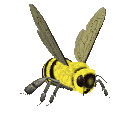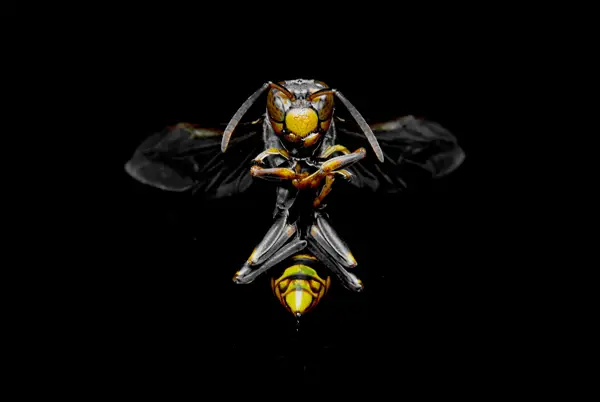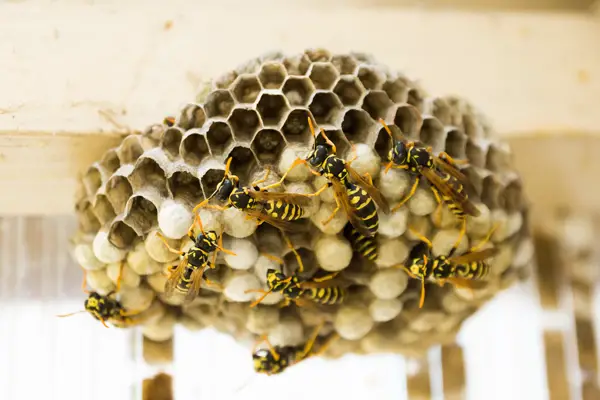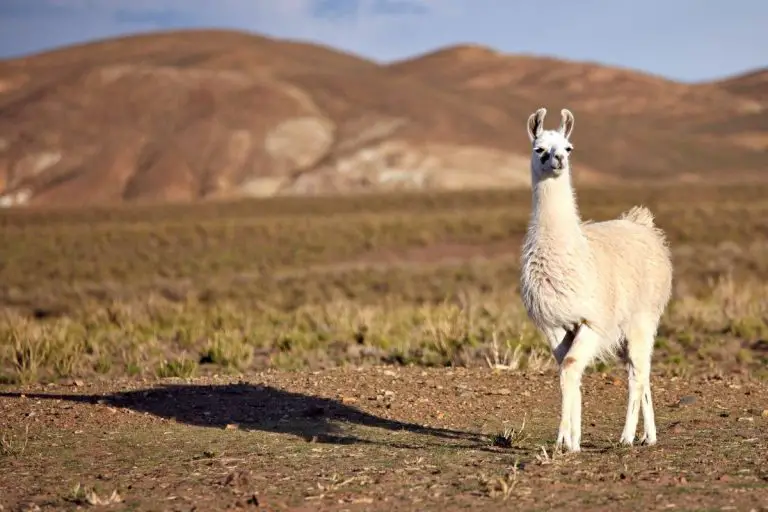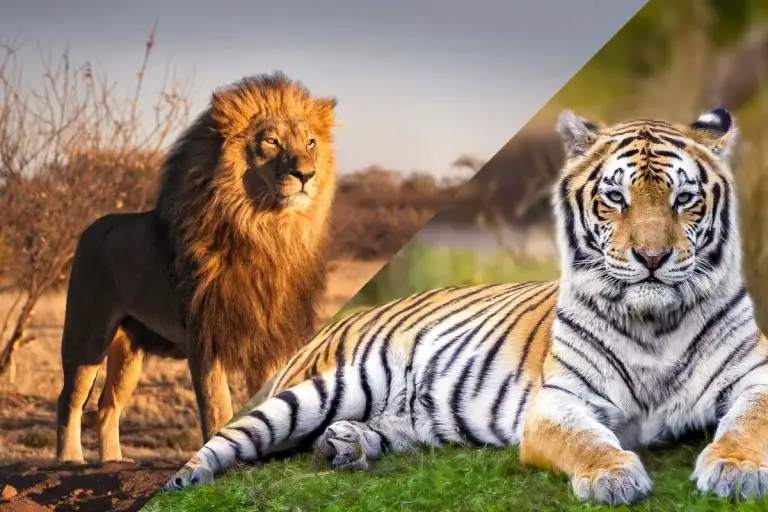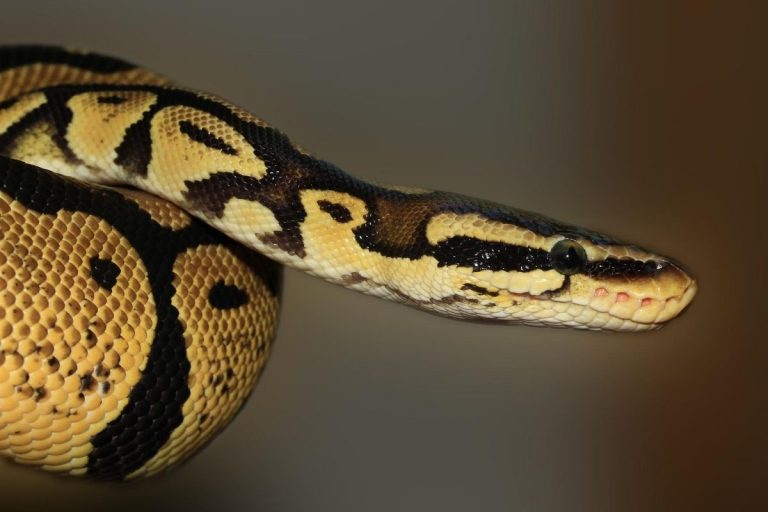What’s the Difference between a Wasp and a Bee
During the spring and summer, we can easily get invaded by insects, especially wasps and bees. Wasps suffer from a bad reputation, but bees are rather protected. Do you know how to make the difference between both?
That’s the goal of this post!
The main difference between a wasp and a bee is their appearance. A bee is smaller and fluffy, while a wasp is smooth and longer. The colors are also slightly different.
In the following, I will give you more details about this main point (pictures) and also give your other differences to compare bees and wasps.
The bee
Definition
Any of numerous hymenopterous insects (superfamily Apoidea) that differ from the related wasps especially in the heavier hairier body and in having sucking as well as chewing mouthparts, that feed on pollen and nectar, and that store both and often also honey
Merriam-webster
I will come back later to the important things in this definition
To sum up for non-biologists here:
- Hymenopterous insects are a family, including bees, wasps, ants and hornets
- Apoidea is a sub-class of this family, with only bees, of any kind
Pictures
You have to know that there are over 500 bees species in the world and I don’t want to share a picture of each one
However, these pictures may help you to make the difference with wasps, and I’ll also refer to these pictures in the next chapters
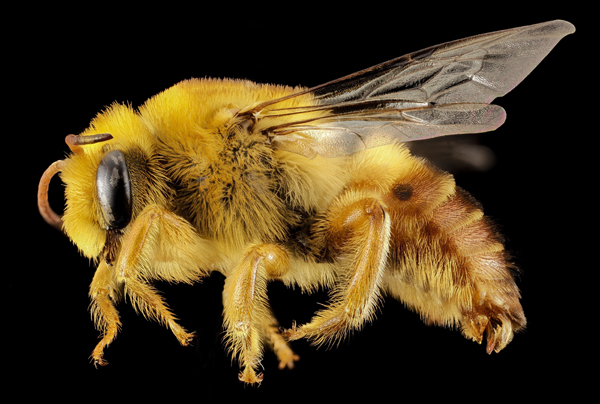
A bee 🙂 
A bee on a flower 
A bee group (colony) 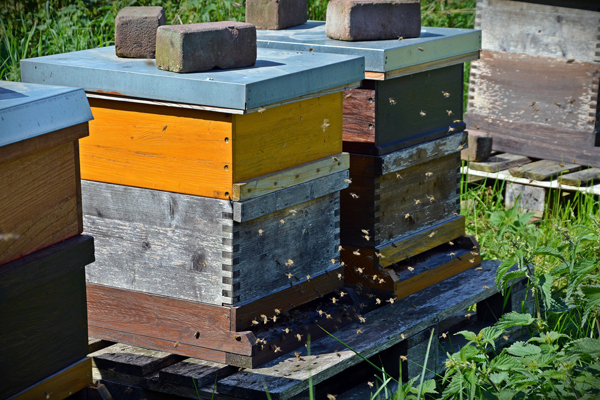
A hive (a bee’s house when raised by beekeepers) 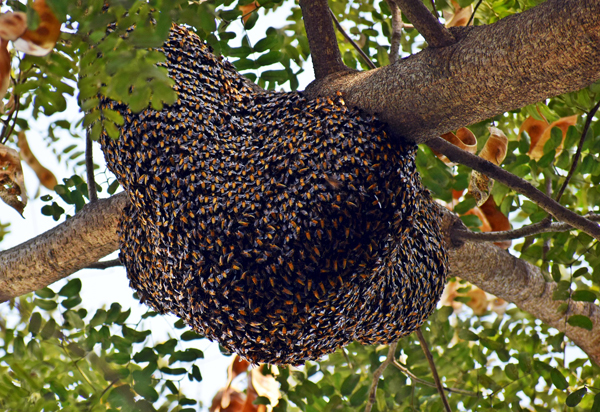
A swarm of bees when they are in the wild
The bee goal
Bees play an important goal in plant reproduction, with pollination
Bees cover themselves with pollen while in one flower, then visit other flowers to do the same thing
So the pollen (the male gamete) arrive in the reproduction parts of the other flowers
Why are they doing this?
Pollen is the flower nectar, their diet basis
After visiting enough flowers, they return to the hive, to store it for eating during the winter
Housing
When in the nature, bees build their “nest” in branches, in the hollows of the tree (like on the last picture)
They can also use our buildings to install their new house

Beekeepers build bees specific houses, the hives.
These hives are installed where the beekeepers want, and they are built to facilitate the harvest of honey
Organization
Inside a colony, bees are very organized
There are several categories, each bee has its goal:
- The queen: It’s the only fertile female of the group. She’s longer than the other and generally stay inside the hive, protected by the group.
Its goal is to fecundate all the eggs in the hive - The working bees: the other females, they are the most of the colony. Their goal is to do the other tasks: protect the hive entry and the queen, maintain the nest and looking for food (pollen)
- The bumblebees: Their unique role is to fecundate the next queen, they die after mating
I can’t explain everything in a few lines, it good to have an idea of how it works, but if you want to learn more, I recommend to look for more in deep information
You can find books on the subject, for example The Bee Book on Amazon will teach you everything you need about bees
Birth of a bee
Like I said, the bee queen lays eggs
Then if the egg is fecundated, it will give birth to a new bee (either a queen or a working bee)
This egg will pass through different steps during its development: first a larva, then something we call an imago, once the bee goes out of the larva
Finally, it takes again a few days for the bee to be “operational”
The bee growth takes a total of 21 days through these steps
This awesome video shows you a timelapse of each step of a bee birth
The life expectancy of a bee is normally between 120 an 150 days
Bee stings
Generally, bees are harmless
They can sting to defend the hive, or when they feel a threat (humans or other species)
But if we are stung by a bee, we don’t risk anything (except in rare cases of allergy)
Endangered species
To conclude about the bees, I have to say that we need to protect bees
They are not (yet) officially a protected specie like rare animals
But many actions are taken by governments over the world to avoid their extinction
Indeed, bees have difficulties to survive, because of humans (building, intense mowing, etc.) and other predators that are more and more presents (especially the Asian hornet in many countries)
The wasp
Definition
Any of numerous social or solitary winged hymenopterous insects (especially families Sphecidae and Vespidae) that usually have a slender smooth body with the abdomen attached by a narrow stalk, well-developed wings, biting mouthparts, and in the females and workers an often formidable sting, and that are largely carnivorous and often provision their nests with insects or spiders killed or paralyzed by stinging for their larvae to feed on
Merriam-Webster
Another definition with many details, I don’t have anything to add
As a reminder, the hymenopterous family includes wasps, bees and other insects
I’ll come back to this in the last part, while comparing both insects
Pictures
Here are a few pictures, to let you see what a wasp looks like
You can also see a wasp nest on the last picture
Housing
As you can see on the picture, wasps build nests, it looks like card stock
They build this nest with woods, wasps chew it to build this kind of thing
Life cycle
Like the bees, wasps colonies have a queen. Her goal is also to lay eggs in the nest.
At spring, the queen builds alveolar cells and lays between 1,000 and 3,000 eggs. They will hatch during the summer.
The queen is the only wasp to survive the winter, she hibernates and resumes the same job the next year
Eggs become larvae and are fed with all kind of insects to grow them until they become new wasps
Like for the bees, here is a timelapse video showing you the life cycle in a wasp nest
Working wasps rarely live more than 22 days, and the queen will live until the following year (she will lay the new queen egg)
Food
Wasps need sugar in their food. They seek for it near the nest when they need some
They like fruits, honeydew (its like honey, but produced by aphids and mealybugs) and also the human food …
But the wasp can also find great food in its own larva
Stings
As you probably know, wasps use their stinger to prick, and they can use them several times
Wasps sting to protect their nest or to defend themselves when threatened
Except if you have an allergy, wasp stings are usually not dangerous for humans
Differences between bees and wasps
We can now look at the difference between bees and wasps, step by step, in an abbreviated form
Appearance
The only thing you have to remember when seeing this kind of insect is how to make the difference with their appearance
Bees are fluffy while wasps are smooth
Their size depends on species, but generally bees are between 0.4 and 0.6 inch long (10 to 15 mm)
Wasps are longer, they can reach 4 inches (ca. 10 cm)
Wasps are also thinner near the abdomen (that’s why we use the expression “to have a wasp waist”)
Organization
Both species have a specific organization and a fairly developed missions
In both cases, there is a queen in the nest to lay eggs, and others who must accomplish various goals in their lives
Goal and protection
Bees have an important role to play for the nature
Without bees, plant reproduction is impossible. Without plants, many species could disappear
Bees are more and more protected because the total number of bees in the world decrease dangerously
Even if we don’t necessarily think so, wasps are also useful
They kill many insects to feed their larvae, so they avoid the spread of too many insects
To my knowledge, wasps are not protected because they can give birth to over 300 new wasps with only one queen each year
Sting
Generally, bees and wasps sting are not a danger for humans
This remains without consequences, but some people with allergies may suffer.
Stings in vulnerable places can also be a problem (eyes for example)
You can however note a difference for the insect
The bee will lose its stinger in its victim, whereas the wasp can sting several times before dying
Conclusion
To conclude, wasps and bees are not so different, they belong to the same family
They have a lot in common (appearance, organization, etc.)
If your goal here was simply to make the difference between both, the appearance is the most important thing to remember
But they are interesting species to study if you want to go further
